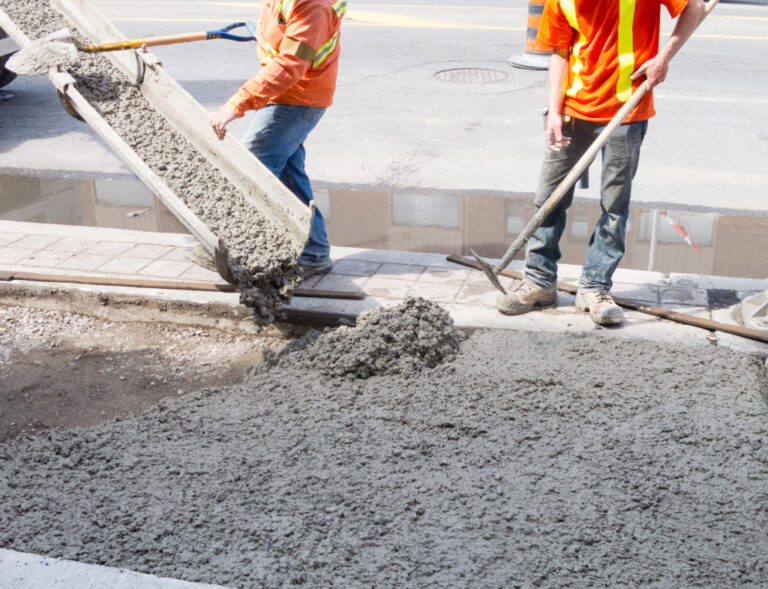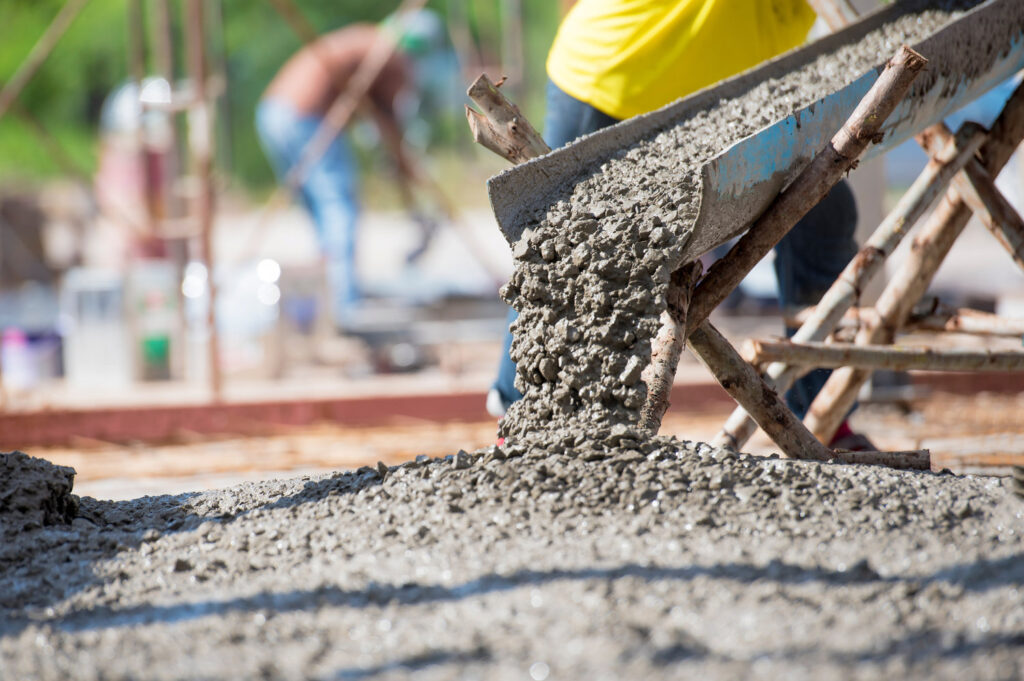
If your concrete driveway needs repair, you should consider the various options for restoring it. The following article provides details on repairing minor cracks in your driveway, applying concrete sealant, what poly jacking is, and why you should choose it over slab jacking. Ultimately, you should choose the method that best suits the overall condition of your driveway. But, before you begin, it’s important to note that it’s essential to do your research.
Clean The Existing Concrete With A High-Powered Pressure Washer
If you’ve noticed a crack in your driveway, it’s time to take action. A few steps can help you fix minor cracks on your concrete driveway, including sealing the area with a crack sealant. First, clean the existing concrete with a high-powered pressure washer. Then, apply the concrete resurfacer. Work in small sections at a time to ensure even application. This process will create a brushed effect. The Quikrete team offers video instructions to help you perform the task.
Remove any loose debris and any previous concrete filler from the crack.
Once you’ve removed the old patch material, you’re ready to repair the cracks. Remove any loose debris and any previous concrete filler from the crack. If necessary, clean the entire driveway with a pressure washer or a hose. Ensure that there are no dust particles that could interfere with the filler. After cleaning the area, allow the driveway to dry completely before applying the new filler.
Contact a Professional Foundation Repair Company
While most minor cracks are relatively small, they can still be dangerous if not repaired. The cracked driveway may be a tripping hazard for people, trees, and even the weather. Professional foundation repair companies can help you solve these problems by repairing trouble spots and levelling out areas that sank due to erosion. If you have a concrete driveway, contact a professional foundation repair company like Skyco Group to get the best concrete resurfacing services.

Apply caulking-like material to the surface
You can also repair minor cracks in a concrete driveway by applying a caulking-like material to the surface. These products come in a caulking tube or squeeze bottle and are easily applied. Follow the manufacturer’s instructions and take proper safety precautions.
Cracks on the edge of a concrete driveway are caused by heavy vehicles. These cracks are usually only a fraction of an inch in diameter, but they can be easily repaired with Quikrete Quick-Setting Cement mixed with Acrylic Fortifier. Once the edges are smoothed out, apply the two products. If the cracks are much bigger, you can use the Quikrete Polymer Modified Structural Repair to repair the entire area. It will minimize the filler needed and ensure a more uniform repair.
Make sure that you follow the instructions for applying concrete sealant properly.
A common mistake people make is applying the sealant too early. Wait until the concrete driveway is fully cured before applying the sealant. If you don’t wait, you could have a cracked or uneven driveway.
Slabjacking vs. Polyjacking
You have a few options if you’ve been mulling over whether to use mudjacking or polyjacking to restore your damaged concrete driveway. Mudjacking uses a slurry that fills in low spots in all directions and cures to provide rigid support, but it is not a permanent solution. Mudjacking is less expensive than polyjacking, but mudjacking is not recommended for your driveway because it will create days of inconvenience, and it doesn’t guarantee that the repaired concrete will remain level indefinitely. In addition, repeating the process is expensive, and mudjacking is not a long-term solution. Polyjacking is a longer-term solution, with less up-front costs.
Mudjacking requires larger holes than polyjacking. But it’s more cost-effective. Mudjacking uses a slurry to fill voids in concrete, while polyjacking uses foam. But mudjacking requires a few days to complete. Polyjacking can take as little as 15 minutes, while mudjacking can take a few days.
When it comes to slabjacking, you should consider the pros and cons of each method. The pros and cons of polyjacking are clear. Polyjacking is more expensive, but the process is fast and effective, so it’s the best choice for some driveway problems. And, it’s the best option for areas that are prone to water. This method isn’t the best solution if you’re dealing with extensive damage.
